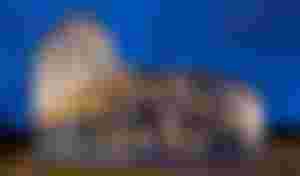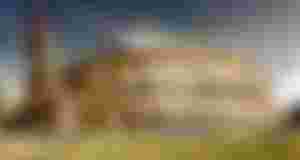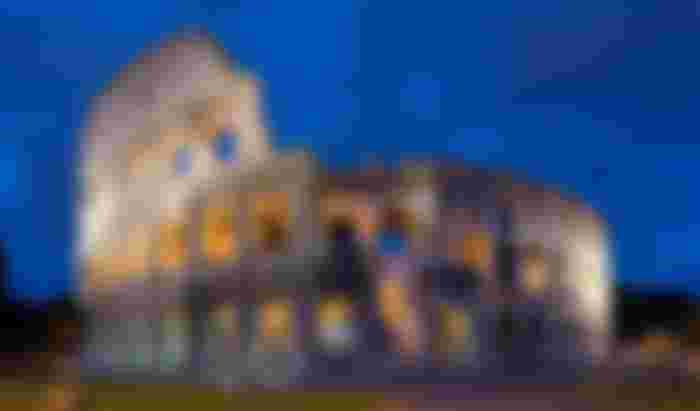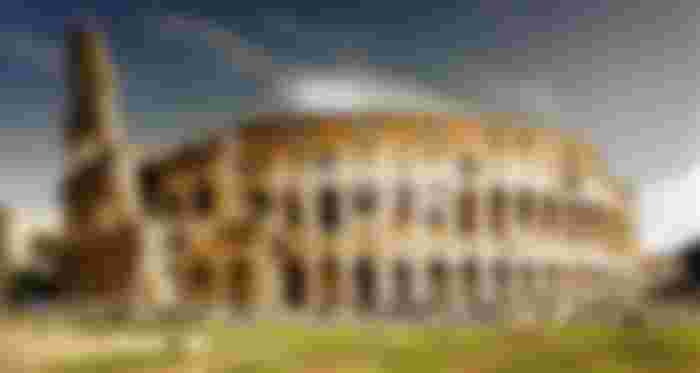

There are indications of changes or additions by Nerva and Trajan (CIL VI.32254‑5; for the inscription of the former see Spinazzola, Anfiteatro Flavio (Naples, 1907) 27 sqq.), and it was restored by Antoninus Pius (Hist. Aug. Pius 8). In 217 it was struck by lightning (Cass. Dio LXXVIII.25), and so seriously damaged that no more gladiatorial combats could be held in the building until 222‑223, when the repairs begun by Elagabalus (Hist. Aug. Elagab. 17) were at least partially completed by Alexander Severus (Hist. Aug. Alex. Sev. 24; Cohen, Alex. Sev. 468, 469), although they seem to have continued into the reign of Gordianus III (Hist. Aug. Max. et Balb. i.4; Cohen, Gord. III 165, 166 = Gnecchi, Med. III.104, 5, 6). In 250 the building was presumably restored by Decius, after a fire caused by another stroke of lightning (Hieron. a. Abr. 2268). It was injured by the earthquake of 442 (Paul. Diac. hist. Rom. XIII.16; BC 1917, 13‑17), and restorations by different officials are recorded in the years immediately succeeding (CIL 32086‑32089), and again in 470 (CIL VI.32091‑2, 32188‑9). Some of the inscriptions set up on the former occasion in honour of Theodosius II and Valentinian III were cut on marble blocks which had originally served as seats. Repairs were made after another p7 earthquake by the prefect Basilius, who was probably consul in 508 (CIL VI.32094), and finally by Eutharich, the son-in‑law of Theodoric, in preparation for the last recorded venationes, which took place in 523 (Cassiod. Var. V.42). The last gladiatorial combats occurred in 404 (Theodoret V.26).
The Colosseum was injured by an earthquake4 in the pontificate of •Leo IV (in 847). In the eleventh and twelfth centuries houses and isolated 'cryptae' within the Colosseum are frequently mentioned in documents of the archives of S. Maria Nova, as though it were already in ruins (Arch. Soc. Rom. St. Patr. so all the best archetict are joined inbthere. (1903) 38, 41, 57, 79). Gradual destruction continued until the eighteenth century, while the work of restoration has gone on intermittently since the beginning of the nineteenth (De Angelis, Relazione 8‑15). The north side of the outer wall is standing, comprising the arches numbered XXIII to LIV, with that part of the building which is between it and the inner wall supporting the colonnade, and practically the whole skeleton of the structure between this inner wall and the arena — that is, the encircling and radiating walls on which the cavea with its marble seats rested. The marble seats and lining of the cavea, together with everything in the nature of decoration, have disappeared.
The amphitheatre (Ill. 3) is elliptical in form. Its main axis, running north-west–south-east, is 188 metres in length, and its minor axis 156. The exterior is constructed of large blocks of travertine — a fact that contributed greatly to the astonishment of Constantius (Amm. Marcell. XVI.10.14); and in the interior Vespasian erected a skeleton of travertine blocks where
which is the best archetice. so all the world goes in there to visit this.


Nice